Table of Contents
Adverbs of degree are words that tell us about the intensity, extent, or degree of an action, adjective, or another adverb. These adverbs help us understand how much or to what extent something happens.
For example, in the sentence She is very happy, the adverb very shows the degree of happiness. Understanding and using adverbs of degree correctly can make your sentences clearer and more precise.
What is an Adverb of Degree?
An adverb of degree shows how much or to what extent something happens. It modifies verbs, adjectives, or other adverbs.
Example Sentences:
She is extremely talented.
I am quite tired after the long trip.
He ran very fast in the race.
How to Identify an Adverb of Degree
You can identify these adverbs by asking:
- How much?
- To what extent?
- To what degree?
These adverbs usually appear before adjectives or adverbs and after verbs in sentences.
Example:
- She was extremely tired.
The word extremely modifies the adjective tired, showing the degree of tiredness.
- He ran quite quickly.
Here, quite modifies the adverb quickly, showing how fast he ran.
Common Adverbs of Degree List
- Very
- Extremely
- Quite
- Too
- Almost
- Just
- Fairly
- Slightly
- Somewhat
- Completely
- Totally
- Absolutely
- Highly
- Partially
- Rather
- Perfectly
- Incredibly
- Extremely
- Nearly
- Completely
Usage of Adverb of Degree
Adverbs of degree are used to modify the intensity or extent of an action, quality, or another adverb. Their placement depends on what they are modifying:
Before adjectives or adverbs
- She is very kind.
The adverb very modifies the adjective kind, showing intensity.
After a verb
- They worked hard enough.
The phrase hard enough tells how much effort was put in.
Before a main verb (sometimes)
- I completely agree.
The word completely modifies the verb agree, showing total agreement.
Comparison of Adverbs of Degree
Some adverbs of degree can be compared using more and most.
| Degree | Example Sentence |
| Comparative | He is more careful than his brother. |
| Superlative | She is the most careful person I know. |
Rules of Adverb of Degree
1. Positioning
Adverbs of degree usually go before the word they modify, except when modifying a verb, where they can come after.
✅ She sings quite beautifully.
✅ He worked hard enough.
2. Avoiding Double Negatives
Do not use adverbs like too or enough in negative sentences unless intended.
✅ He didn’t run fast enough.
❌ He didn’t run too fast enough.
Common Mistakes with Adverb of Degree
1. Misplacing Adverbs
Beginners often place adverbs incorrectly in longer sentences.
❌ She speaks fluently English very.
✅ She speaks English very fluently.
2. Overusing Intensity
Too many adverbs of degree in one sentence can confuse the reader.
❌ She is too very tired.
✅ She is very tired.
3. Using “too” Incorrectly
Too indicates a negative situation or excess.
❌ She is too happy.
✅ She is very happy.
Examples of Adverbs of Degree in Sentences
| Adverb | Meaning | Example Sentence |
| Very | High degree | She is very excited about the trip. |
| Too | Excessive | He is too tired to continue. |
| Almost | Nearly complete | I almost forgot to call her. |
| Enough | Sufficient | She is old enough to vote. |
| Quite | Moderate intensity | The movie was quite interesting. |
FAQS
You May Also Like

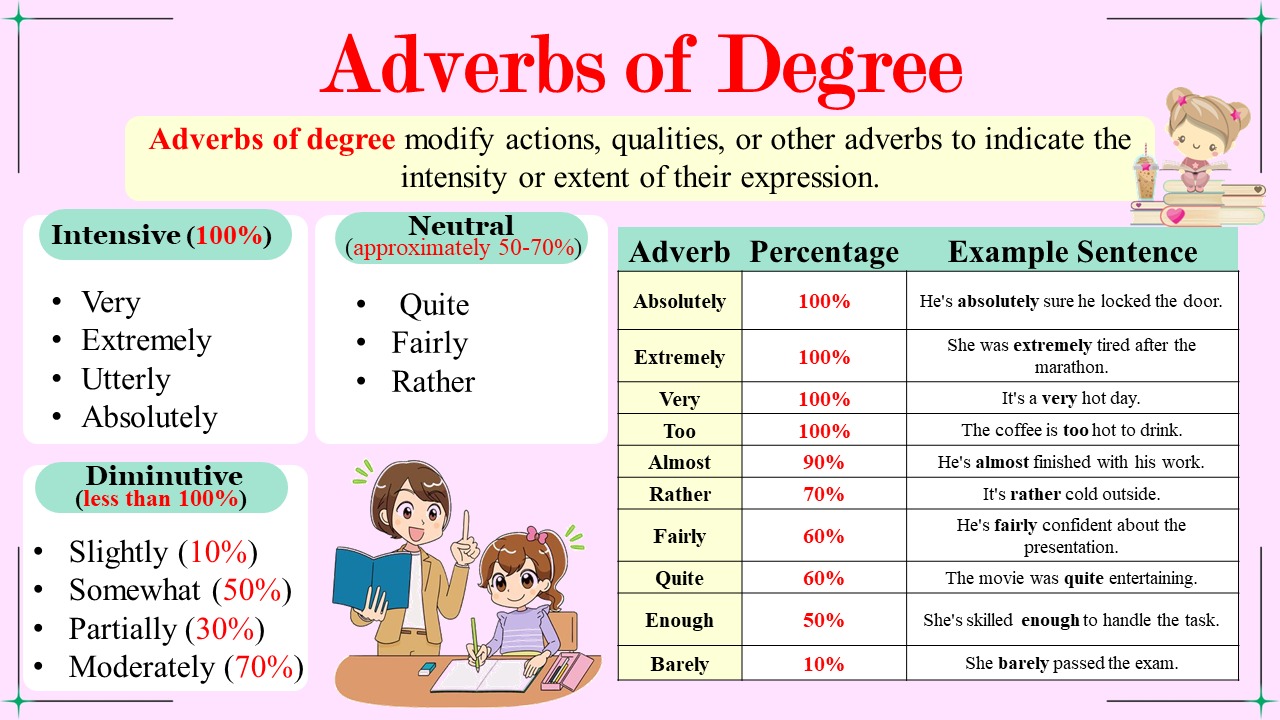
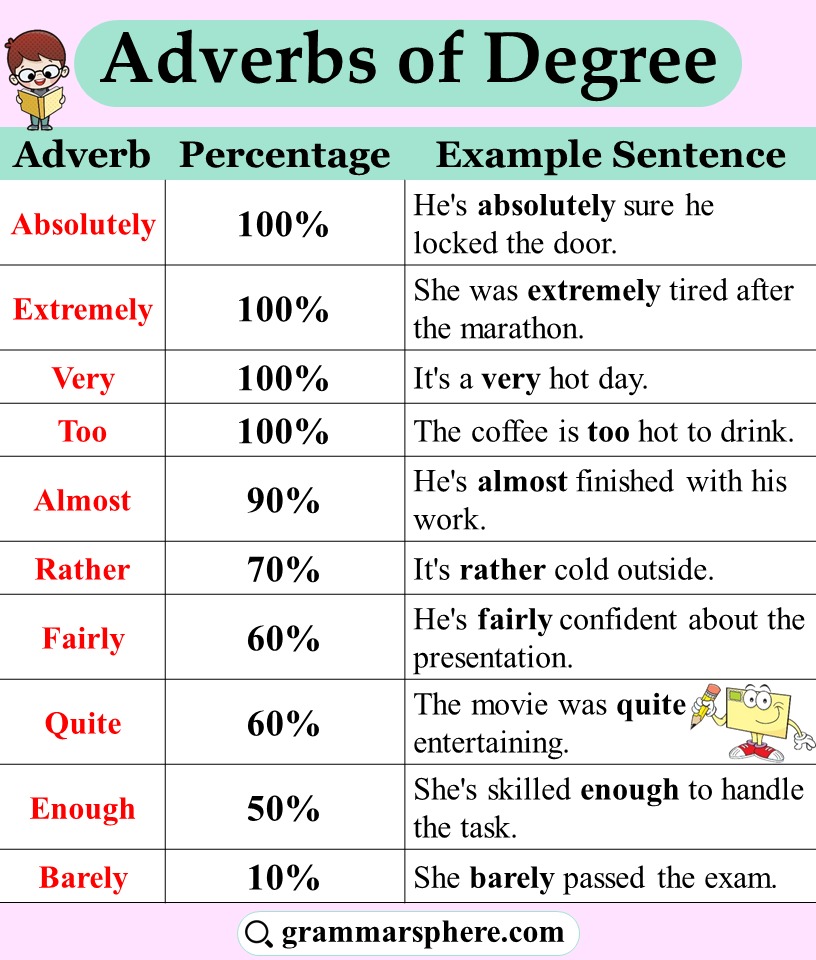
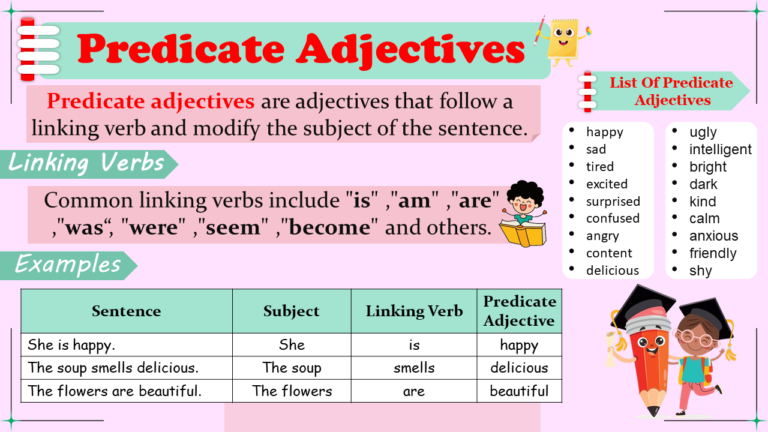
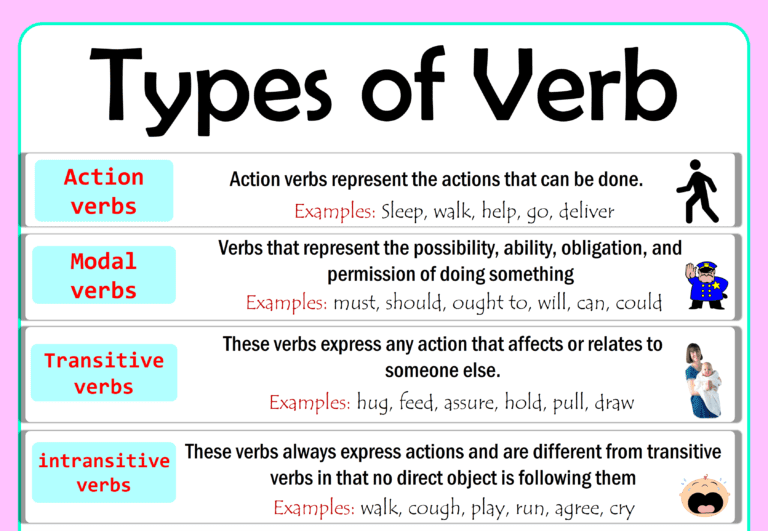
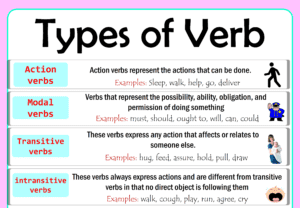
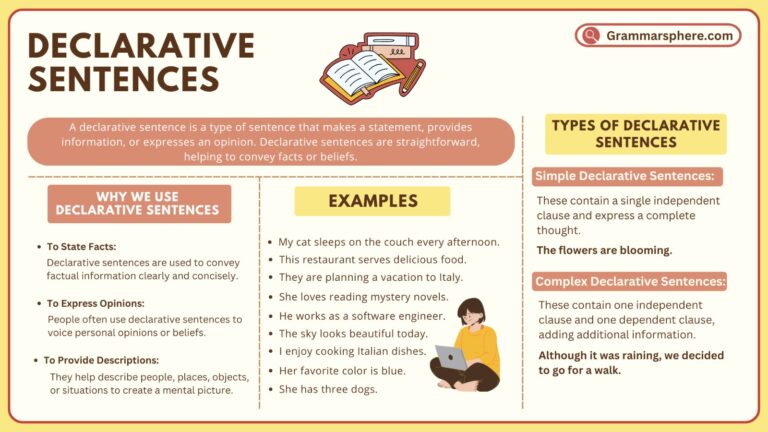
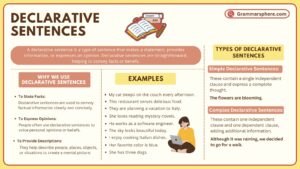
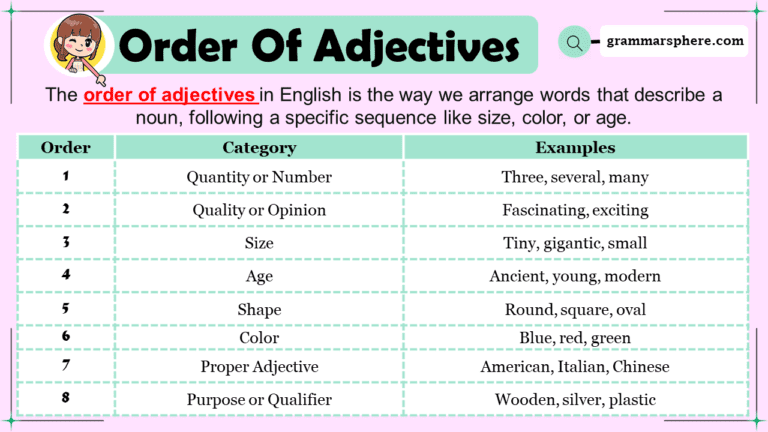
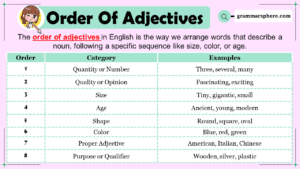
Leave a Comment